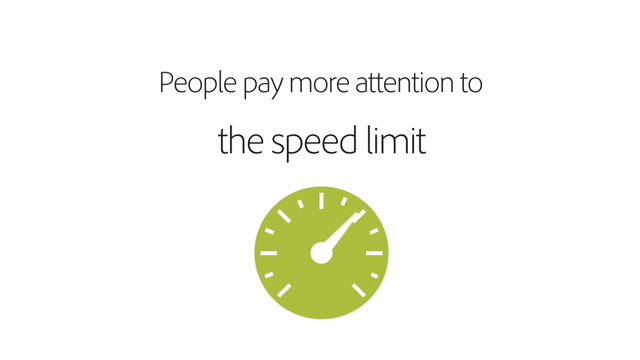The Lazy Man’s Way to the Best Year Yet
 Originally by Stephen Borgman for Person Success Factors
Originally by Stephen Borgman for Person Success Factors
In this article, I’m going to show you that you need to take what you learned both from your victories and your disappointments, and unearth the gold and diamonds from that soil. You do this by asking yourself what you have learned, from both your successes and your failures.
Tune into WIIFM
We won’t make any changes in our lives if we don’t figure out: What’s In It For Me?!
First, by learning the lessons we need to learn, we will be making a difference in the lives of others.
By becoming a better version of me, I can positively impact my family, my friends, and my customers.
Second, by learning the lessons from our victories and disappointments,
we empower ourselves to leave ineffective habits and thought patterns behind.
For example, I used to be very tentative with stepping outside of my comfort zone. One year after completing this exercise, I realized I needed to value calculated risks. Due to taking some of those risks, I was able to move ahead in significant ways. Had I not learned this lesson, I might have stayed stagnant in those areas.
By leaving ineffective habits and thought patters behind, we can literally re-write the future!
We can work to move ahead much more quickly in different areas of our life:
Our family, our work, our finances, our health, the quality of our friendships, our spirituality, our service to your community.
Our own experience of the past year is full of hints about success, increasing income, growing in our faith, building positive relationships, moving ahead at work, and making the kind of difference we want to make.
Examples of Questions You Can Use:
a) When reviewing your list of accomplishments for the past year:
- What was the secret of my success?
- What worked?
- Why was I able to do what I did?
- What patterns of thinking were most constructive to me?
- What beliefs helped me the most?
b) When reviewing your list of disappointments for the past year:
- What didn’t work, and why?
- What would have worked better?
- What’s the lesson?
- What patterns of thinking got in the way?
- What beliefs got in my way?
As you answer the above questions, here are some more questions from Ms. Ditzler to help you drill down even further:
- What changes do I need to make in the way I operate?
- How can I do things differently?
- What advice do I have for myself (show yourself compassion, do not judge)?
- Do I need more discipline?
- Have I been as honest with myself and others as I need to be?
- Am I living in line with my values?
- Am I taking care of myself as well as I need to?
- Do I face difficult problems as quickly as I should?
- Have I let others support me?
- Do I listen to friends’ advice and seriously consider taking it?
- Am I as supportive of others as I want to be?
- What lessons are there for me in my work?
- Do I say “thank you” enough?
Turn Your Lessons Into Personal Guidelines
If you have not done so already, take a look at both your victories and disappointments. Start writing down all the lessons that come to mind.
Once you have written down as many lessons you can think of, it will be time to look them over and pick the three most important ones. These will be called your personal guidelines.
Why not more than three? It’s because of Pareto’s Principle, which states that 80% your effectiveness will come from 20% of the things you do. By narrowing your guidelines down to three, you will be choosing the three life lessons from the last year which will make the biggest impact in your life over the next year.
Now, once you have selected the top three lessons, turn them into your personal guideline statements.
Use clear and powerful language. State the guidelines actively, and with positive language. Don’t use negative language, such as “Stop” or “Don’t.”
Here are my three guidelines for the year:
a) Put the Big Rocks In First (this refers to Steven Covey’s example of Filling a Pail With Sand and Rocks: if you put the Rocks in First, you will be able to pour the sand around it. In the same way, when we put the Most Important Things into our schedule, the rest of life will work itself out).
b) Small Sacrifices Daily Add Up to Long Term Prosperity (this refers to paying down debt)
c) Embrace Your Inner Adult
Here are some other examples from Best Year Yet readers:
- Be healthy
- Put family first
- Face the music
- Do what I know to do
- Ask for help when I need it
- Have fun!
- Live in the moment.
Image credit: Flickr user Tim Lewis







